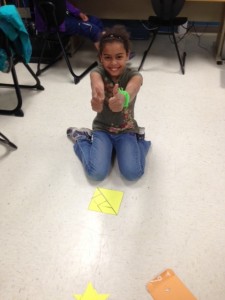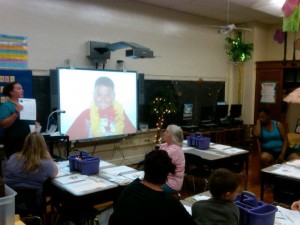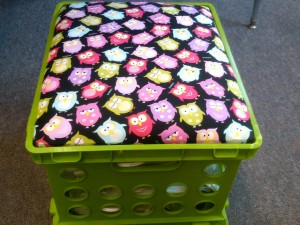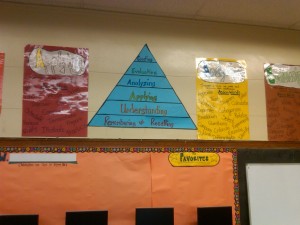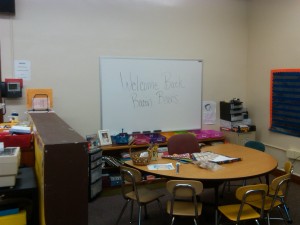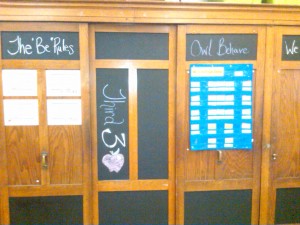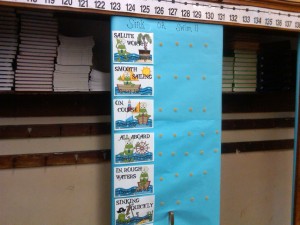 How many times during the COVID 19 Pandemic have you heard this phrase, “We are living in unprecedented times.” No truer words have been spoken. Our entire world has been impacted and we are going to need our educational institutions to be prepared with a different way of doing things.
How many times during the COVID 19 Pandemic have you heard this phrase, “We are living in unprecedented times.” No truer words have been spoken. Our entire world has been impacted and we are going to need our educational institutions to be prepared with a different way of doing things.
We were warned about this by thought leaders and future thinking writers. In fact, over the past few decades, as we finally started transitioning into the 21st Century, schools began integrating higher order thinking, problem solving, technology and cooperative learning. We shifted our mindset about education. Without knowing it, we were experiencing VUCA.
The term VUCA goes back to 1987 and was developed on the leadership theories of Warren Bennis and Burt Nannis. The characteristics of a VUCA world is an environment that requires you to react quickly, take action in uncertainty, is a dynamic experience and is unfamiliar. Doesn’t this sound like the past year?

source: microtool.de
So how does this impact schools?
I know what some of you might be thinking…. Not another acronym. We are filled with ACRONYMS in education. Yes we are but VUCA may just be the acronym we need to become fully ensconced in the 21st century. Kids have been telling us for years… they are bored in school and take too many tests and there is little real world connections to their learning.
Our education organizations need to be poised with the ability to do the following:
- Volatility – Respond quickly and efficiently to an event or series of events that can impact our schedule. For instance, everyone is on their device and the internet goes down. What do we do? The best solution is to be transparent and upfront about the situation and how it was handled. We also need to have a plan B, C, D.
- Uncertainty – We have been living in uncertain times for sure. How long will this pandemic go on? Social unrest? Stock markets? etc. etc and the list goes on. How do we prepare? One suggestion is to assemble a leadership team with members who operate with a growth mindset and are problem solvers. The days of the “boss” and “manager” are over. We need to have equal voices to solve some of these issues that we didn’t even knew existed!
- Complexity – We make decisions all the time. There are days when we make 100 decisions before noon. This can be challenging. How do we revisit “tried and true” or “we have always done it this way” thinking? For instance, we have learned that “school” and “learning” can take place anytime or anywhere, so does it make sense to have 180 days of school each year? What are the implications of revisiting of these complex decisions? According to the experts, we do not need people to make complex decisions more complex due to their fixed mindset thinking.
- Ambiguity – We have developed a schooling process that is sequential and precise. We value organization of learning, increments of time, and building blocks of knowledge. We know that is not necessarily how the world works but it is easier (or so we thought). Rigid structures in an ambiguous world will not stand. Again, look at the schedule of learning over the year. Districts have used hybrid, online, remote, and in-person interchangeability based on the situations. Some people have really struggled with this because they think that school should be ________ (fill in the blank).
As schools learn more about VUCA, there will significant gains in our effectiveness to provide a relevant, flexible educational experience for our communities. There will be messy times filled with challenges where we will make a lot of mistakes along the way, but isn’t that one of things that characterizes learning?
What do you think? Be sure to leave a comment.
Want to learn more?
About the Author
 Spike Cook, Ed.D., Principal, Lakeside Middle School, Millville, NJ. In addition to being a Principal, Dr. Cook published two books through Corwin Press (Connected Leadership: It’s Just a Click Away; Breaking Out of Isolation: Becoming a Connected School Leader). He is the co-host of the popular PrincipaPLN podcast and his blog, Insights Into Learning, was recognized as a finalist for Best Administrator Blog by the EduBlog Awards. Spike earned his Doctorate from Rowan University and is an Adjunct Faculty member in the Masters of School Administration Program He is featured in Twinkl’s 30 Education Influencers You Need to Follow and Klear’s Top Ten Middle School Influencers. Dr. Cook is also on the Education Advisory Board for Whole Health Ed. Connect with @drspikecook via Twitter, YouTube, LinkedIn, Facebook or Instagram.
Spike Cook, Ed.D., Principal, Lakeside Middle School, Millville, NJ. In addition to being a Principal, Dr. Cook published two books through Corwin Press (Connected Leadership: It’s Just a Click Away; Breaking Out of Isolation: Becoming a Connected School Leader). He is the co-host of the popular PrincipaPLN podcast and his blog, Insights Into Learning, was recognized as a finalist for Best Administrator Blog by the EduBlog Awards. Spike earned his Doctorate from Rowan University and is an Adjunct Faculty member in the Masters of School Administration Program He is featured in Twinkl’s 30 Education Influencers You Need to Follow and Klear’s Top Ten Middle School Influencers. Dr. Cook is also on the Education Advisory Board for Whole Health Ed. Connect with @drspikecook via Twitter, YouTube, LinkedIn, Facebook or Instagram.

